Despite being powerful and dominant, "Mountain gorilla" is shy and gentle. Although it lives in isolated places in forests, it is always targeted through poaching, and even endangered.
"Mountain gorilla", which lives according to its own rules and traditions, is the largest of the great apes, including Homo, Bonobo, Chimpanzees, and Orangutans. It weighs 350 kg. However, it is social, and lives in groups with an average of 20 - 30 monkeys.
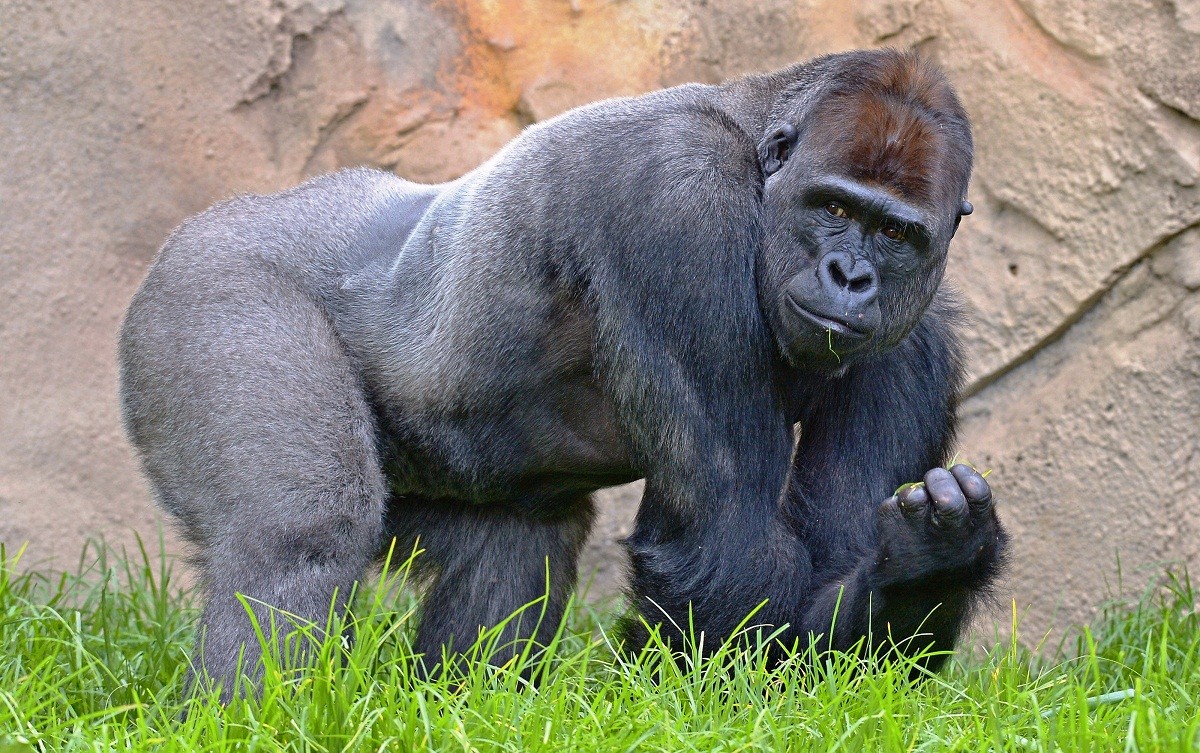
"Power is transferred democratically in gorilla's community".. It may sound cynical, but in reality, that is what mountain gorillas do. They choose a silverback male leader every 56 months, who in turn chooses a silverback subordinate (usually a brother, or an adult son of the dominant silverback). It then chooses the strongest two males as sentries; and four sexually mature females, who are ordinarily bonded to the leader for life, and have from three to six juveniles and infants. The wives take care of the infants, and if a mother dies, the leader is usually the one who looks after her offspring.

The leader controls all the movements and actions of his group, from places of food, to risking his life in order to protect them from predators and poachers. He is also responsible for resolving disputes among the members of the group. When he dies, the subordinate takes power after him. If the latter is not eligible, the group may disintegrate and collapse completely, until a new male dominant takes power.
The mountain gorilla is primarily an herbivore; the majority of its diet is composed of 142 plant species, including leaves, especially mulberry, grapes, and some nettles. They also depend on fruit, tree stems, buds, roots, and flowers, as well as insects, ants, worms, larvae and invertebrates. They spend most of the time eating, from the early hours of the morning. When night approaches, each gorilla builds a nest from surrounding vegetation to sleep in. Only infants sleep with their mothers.

Despite its peaceful nature, mountain gorilla may become aggressive in case of self-defense, and may turn into a stubborn adversary if it got disturbed, injured, or its young got endangered by predators, like tigers, leopards, or humans, who are considered its worst enemy, due to trespassing on vegetation cover.
There are two subspecies of eastern gorilla (Gorilla beringei) that lives in Africa; eastern lowland gorilla (Gorilla gorilla graueri), and mountain gorilla (Gorilla gorilla beringei). Lowland gorilla lives on riverbanks in Gabon, Zaire, and Cameroon, and in eastern Congolian forests, particularly in Kahuzi Biega Park, Meiko National Park, Usala forest, and Itumbuba mountain forest. Mountain gorilla inhabits mountains and hills in Congo and Uganda, particularly in Albertine Rift and Virunga Volcanoes, in Congo's Virunga Park, Uganda's Mgahinga National Park, Rwanda's Volcanoes National Park, and Uganda's Bwindi Park.

Mountain gorilla, traditionally known as Cave Dweller, renamed to Gorilla in 1852. Gorilla, a word of Greek origin, was the name of a tribe of ugly women with thick body hair, and it means "ugly person". In 1967, taxonomist Colin Groves proposed that all gorillas be regarded as one species, with three sub-species, including mountain gorilla.
Following a review in 2003, they were divided into two species (Eastern Gorilla and Western Gorilla) by The World Conservation Union (IUCN). In 2012, there were approximately 880 mountain gorillas. Therefore, scientists isolated a group from Bwindi Park to produce new species, resulting in the emergence of "silverback gorilla", whose silver-colored hair develops on their backs with age.
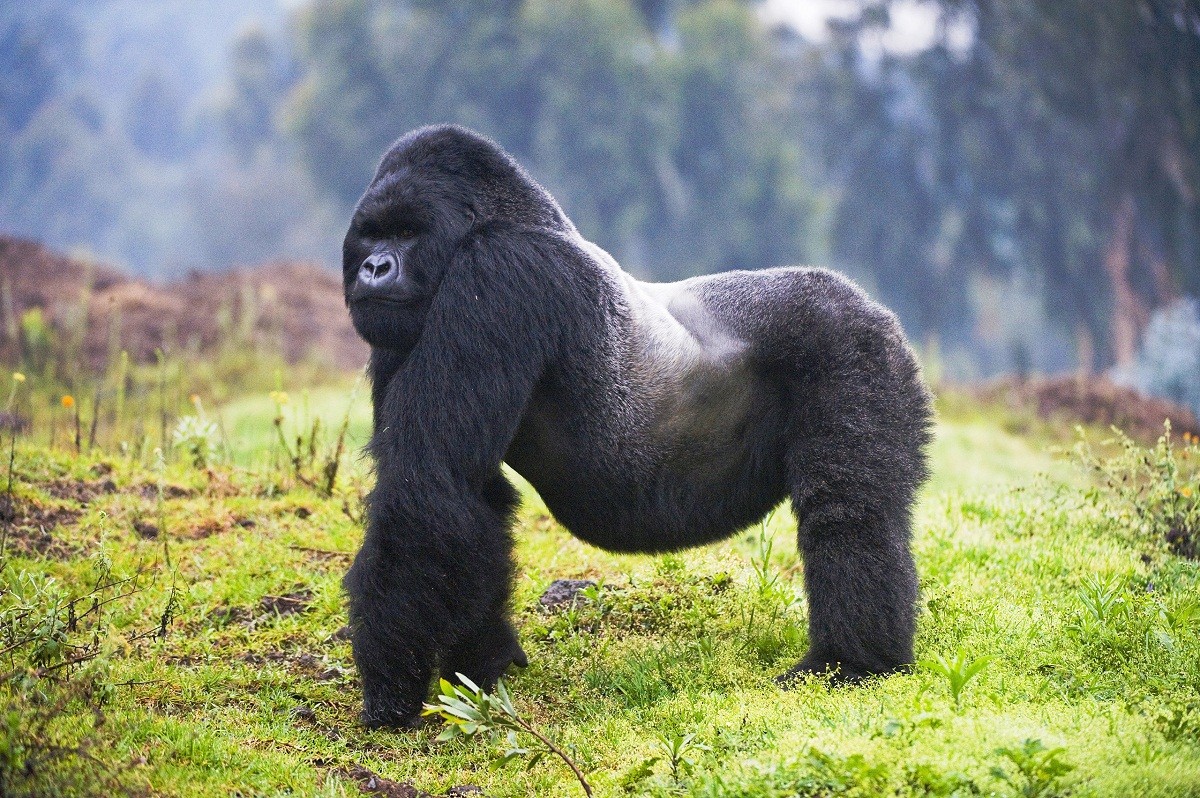
Mountain gorilla has large head, broad chest, long arms, and large flat nose. The female's body is covered with black hair except the face, feet and chest, and the longest hair covers her arms. Whereas, males have silver hair, which develops with age. Lowland gorillas are different that their hair is shorter, darker, and thicker.
Males are usually bigger than females. The male's height at the shoulder is 1.7 meters, up to 190 centimeters when it stands upright. The distance between its flexing arms is 230 centimeters. It weighs 140 - 220 kg. Meanwhile, the female's maximum height is 1.5 meters, and its maximum weight is 100 kg. In 1938, a female in eastern Congo recorded 1.94 meters high, while another female in Cameroon recorded 266 kg weight, and 183 cm high.
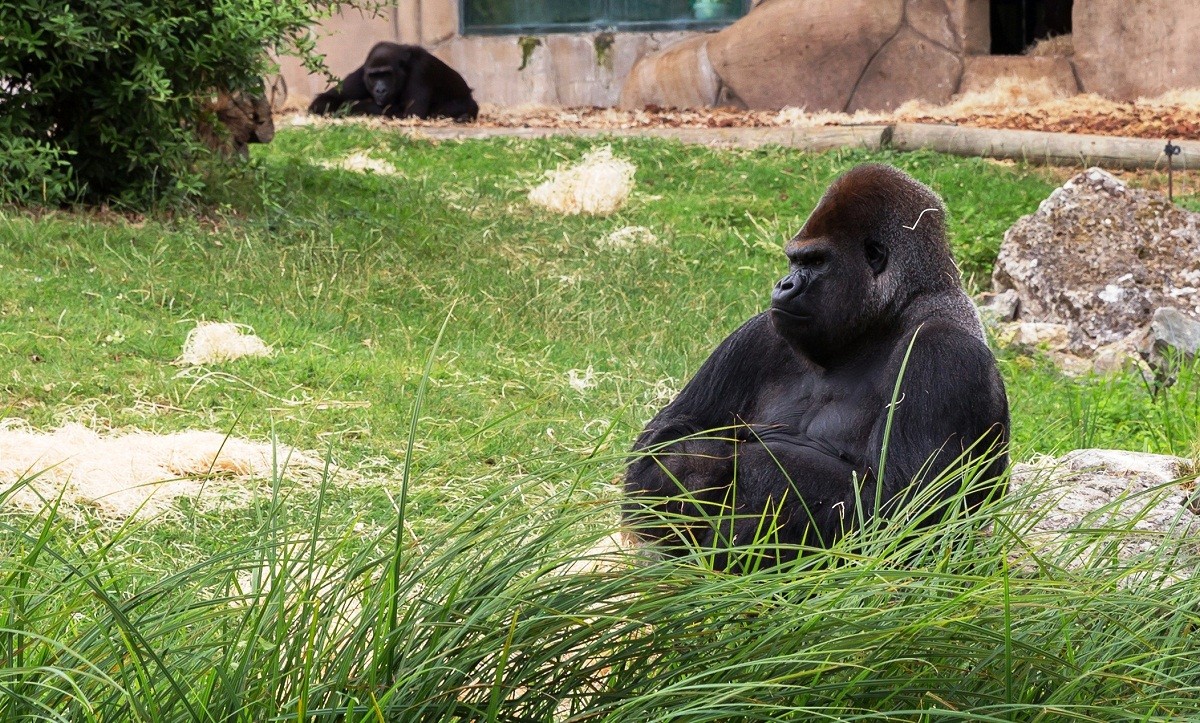
Some fossils found show that mountain gorillas had inhabited Africa and the Arabian Peninsula during the Oligocene period more than 30 million years ago. Although the geological evidence is not sufficient, researchers have verified that mountain gorilla emerged about 9 million years ago, when it split from the "common ancestor". Common Ancestor theory indicates that all living organisms have a common origin with humans and chimps. Mountain gorillas lived for 400 thousand years in two isolated regions in the eastern African continent.
Gorillas are social, and live in cohesive groups, where males and females live peacefully, although the relationship among females is very poor. Mountain groups have different social structure. 61% of groups are composed of one adult male, which is the leader, and 36% contain a number of males, all dominated by a male leader. The remaining gorillas live in exclusively male groups under the leadership of a dominant male.
Gorillas do not settle down in a group for life. Males leave their natal group when they are about 11 years old. They may travel up to five years alone before they can return to their natal group, or attract females to join them and form a new group. Females usually emigrate when they are about 8 years old, either transferring directly to another group or establishing a new one with a lone dominant male. Females often transfer to a new group several times before they settle down with a certain male.
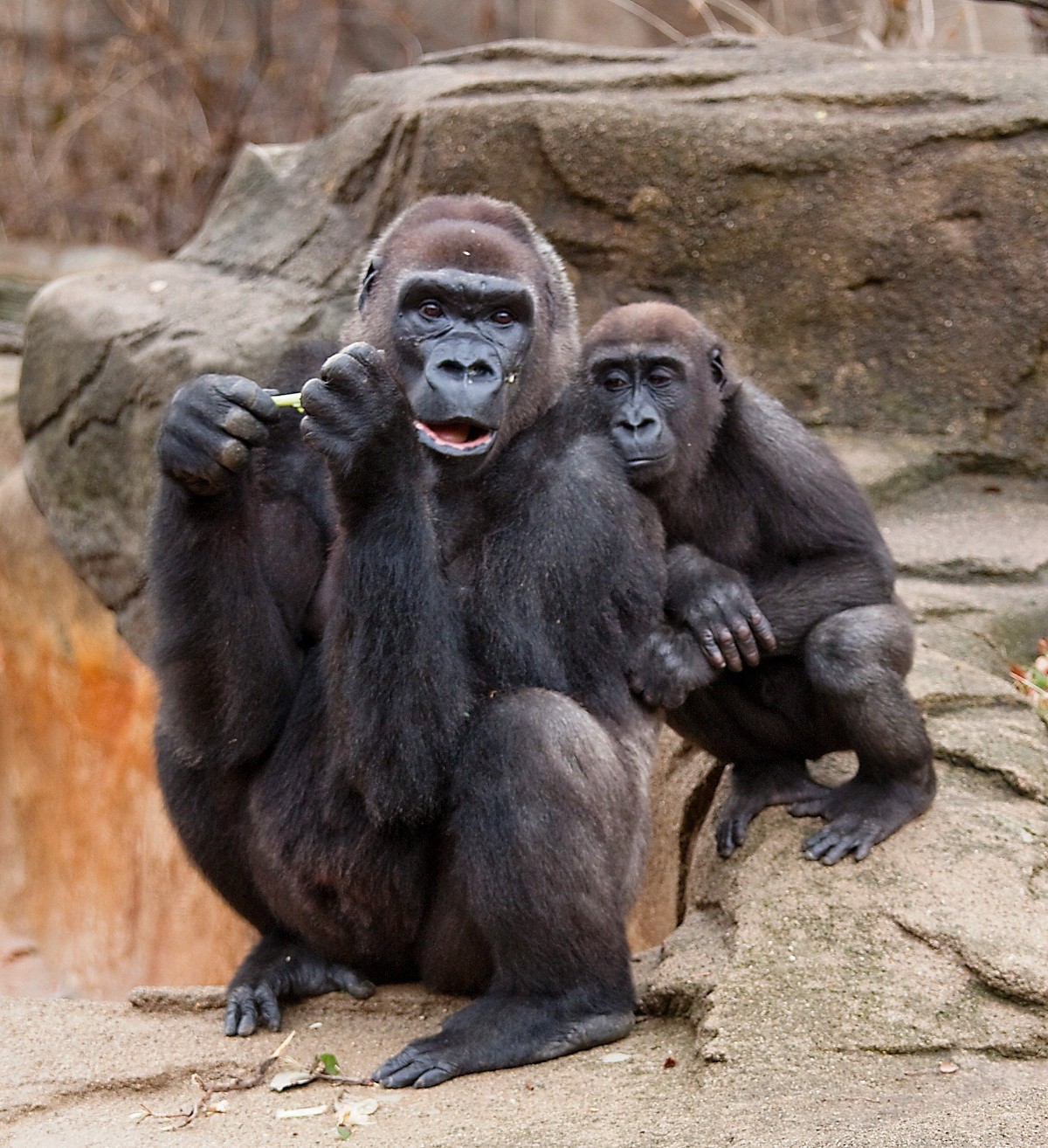
More than 25 distinct vocalizations are used for group communications, each has different indication. Sounds classified as barks are heard most frequently while traveling, and indicate the whereabouts of individual group members. They may also be used during marriage ceremonies. Screams and roars, mostly by the leader, indicate alarm or warning.
Poaching has been the direct cause of endangering mountain gorillas of extinction. This lead the World Conservation Union (IUCN) to send numerous trips to look for mountain gorillas for awareness purposes. In 2010, Vironga Park announced that the number of mountain gorillas had increased to 480 gorillas, from 380 gorillas, by 26% during 7 years. While in Bwindi, their number increased from 320 to 340, by 6 %, in just four years.




























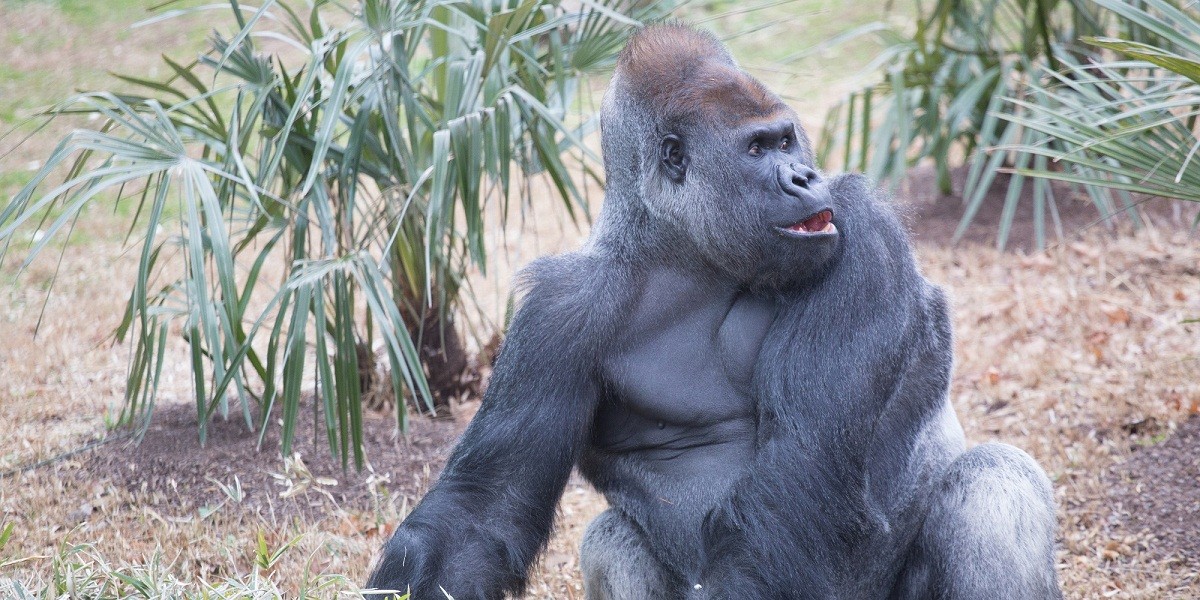








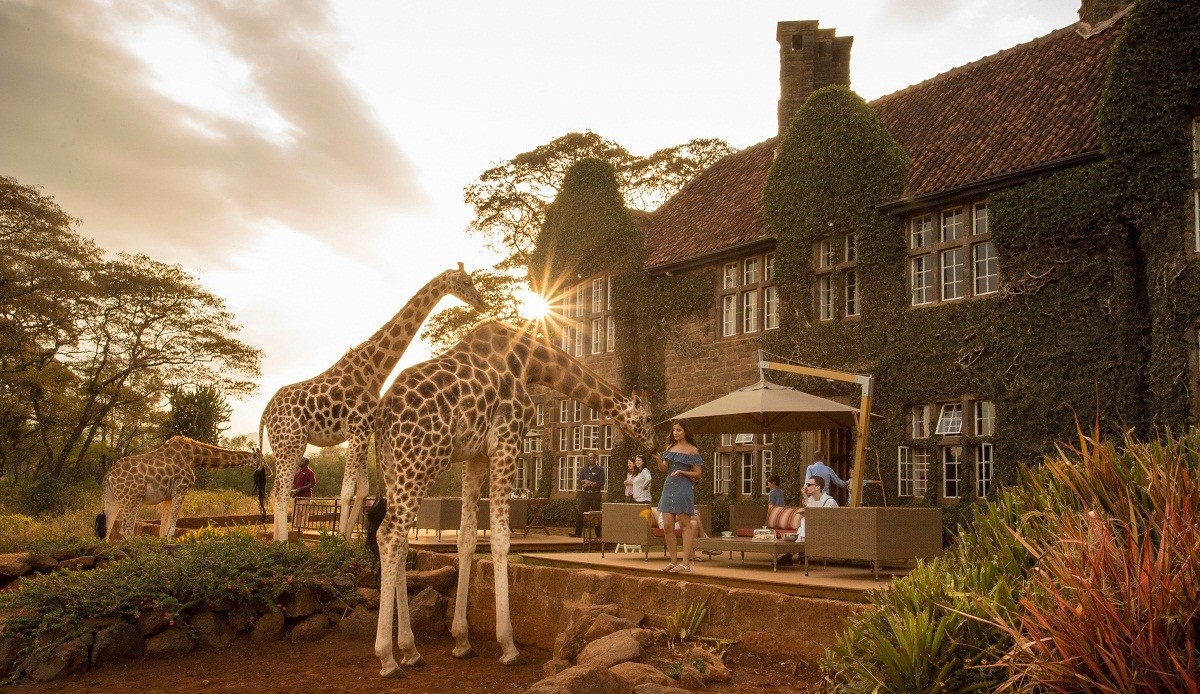
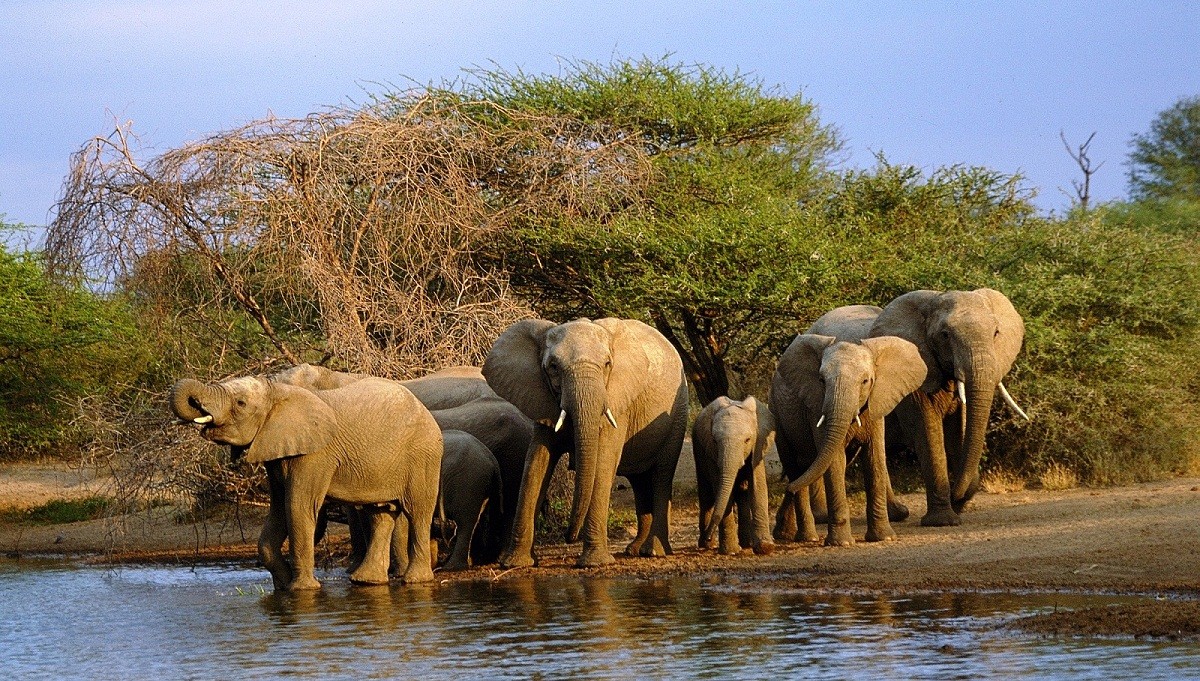
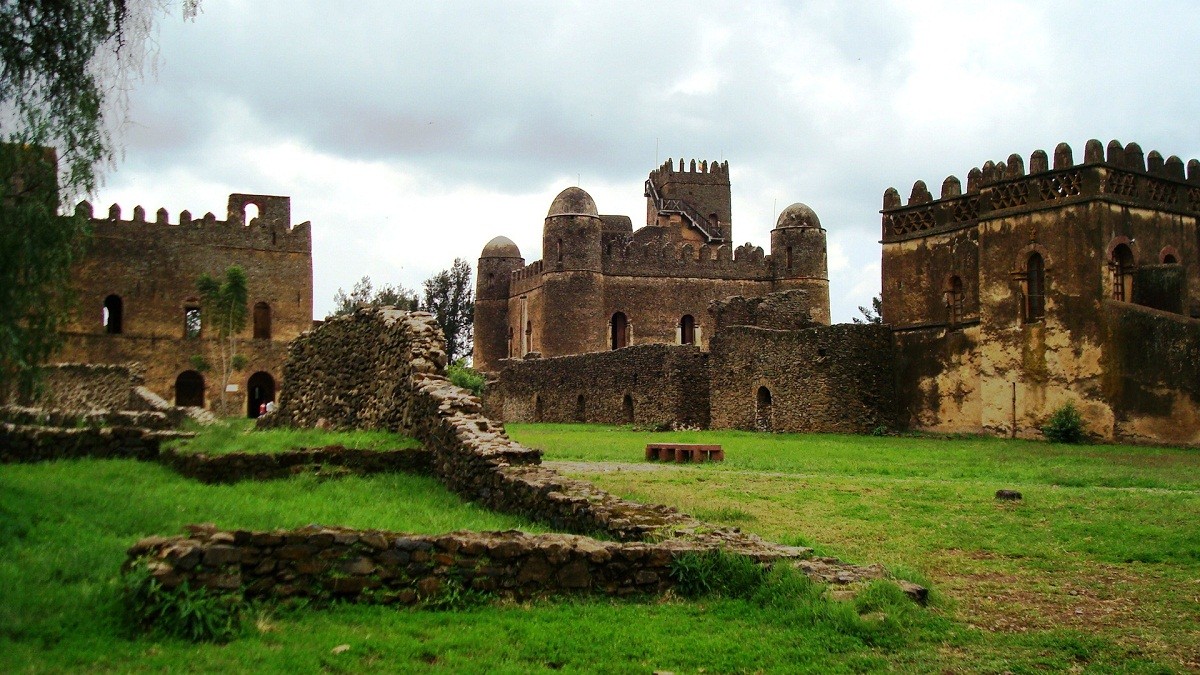


























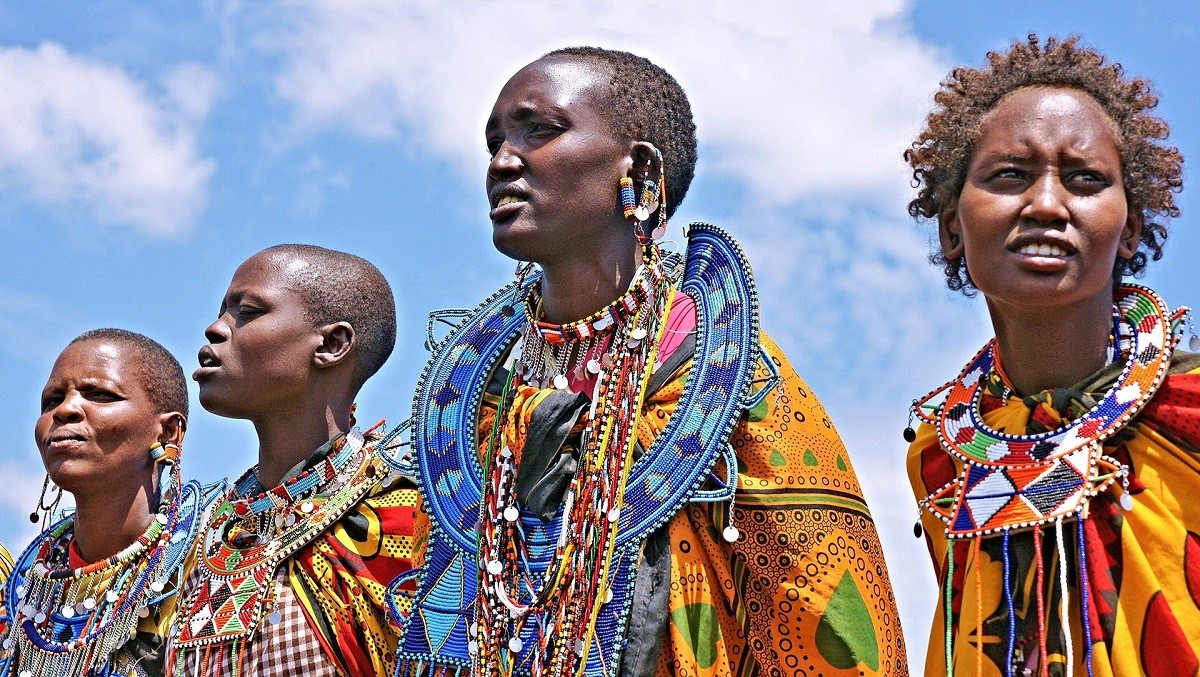
Egyptian Site & magazine